
The global 3D Imaging Market size is predicted to reach USD 320.91 billion by 2030 with a CAGR of 19.5%. The 3D imaging market is witnessing unprecedented growth in 2025, propelled by technological advancements, increasing demand across industries, and innovative applications transforming sectors like healthcare, smartphones, and industrial automation. Valued at billions of dollars, the market is expanding rapidly, with projections indicating robust compound annual growth rates (CAGRs) across various segments. But what are the key drivers behind this surge, and how are they shaping the future of 3D imaging? This article explores the latest developments, market trends, and innovations fueling this dynamic industry.
Surge in Smartphone and Consumer Electronics Demand
One of the most significant catalysts for the 3D imaging market is the soaring demand for consumer electronics, particularly smartphones. This growth is driven by advancements in components like Vertical-Cavity Surface-Emitting Lasers (VCSELs), CMOS sensors, and camera modules, which enable features such as facial recognition, augmented reality (AR), and enhanced photography. Companies like Viavi Solutions Inc. and RPC Photonic Inc. are leading the charge, integrating 3D imaging technologies into smartphone ecosystems to meet consumer demand for immersive experiences.
The integration of 3D imaging in smartphones is not just about better cameras; it’s about enabling new functionalities. For instance, VCSELs and CMOS sensors enhance depth perception, making AR applications more seamless. This is particularly evident in gaming and social media platforms, where 3D imaging creates more interactive and engaging user experiences. As smartphones become central to daily life, manufacturers are investing heavily in these technologies to differentiate their products in a competitive market.
Healthcare Innovations Transforming Diagnostics
The healthcare sector is another major driver of the 3D imaging market, with applications in medical imaging devices, dental imaging, and digital pathology. This growth is fueled by the need for more accurate diagnostics and less invasive treatment methods, particularly for an aging global population. Technologies like 3D ultrasound and cone beam computed tomography (CBCT) are revolutionizing diagnostics, offering detailed visualizations that improve patient outcomes.
A notable development in 2025 is the integration of artificial intelligence (AI) with 3D imaging in medical equipment. Companies like GE Healthcare, Philips Healthcare, and Siemens Healthineers are embedding AI to enhance image analysis, enabling faster and more precise diagnoses. For example, in digital pathology, a partnership between Indica Labs and Visiopharm in April 2025 has integrated advanced image analysis tools into the HALO Link platform, creating a robust ecosystem for collaborative research. Such innovations are streamlining clinical workflows and expanding the scope of 3D imaging in healthcare.
Industrial and Automotive Applications
Beyond consumer electronics and healthcare, 3D imaging is making significant inroads in industrial automation and automotive sectors. This growth is driven by applications in advanced safety features, such as autonomous vehicle navigation and driver monitoring systems. 3D sensors enable precise depth mapping, critical for obstacle detection and real-time decision-making in self-driving cars.
These systems, incorporating 3D vision technologies, are used for quality inspection, automated assembly, and robot guidance, enhancing efficiency and reducing costs. Companies like Allied Vision Technologies and IDS Imaging Development Systems are at the forefront, developing AI-based 3D vision systems to meet industry demands.
Advancements in 3D Printing and Mapping
3D imaging plays a crucial role in creating precise digital models for printing, particularly in healthcare (e.g., prosthetics and implants) and aerospace (e.g., lightweight components). Similarly, the 3D mapping and modeling market is expected to grow from USD 7.89 billion in 2024 to USD 9.22 billion in 2025, driven by applications in geographic information systems (GIS) and urban planning.
A breakthrough reported in 2025 involves the development of snapshot 3D imaging using diffractive networks, eliminating the need for filters or post-processing. This innovation, highlighted by AZoOptics, promises to simplify 3D imaging processes, making them more accessible for applications like scientific visualization and geospatial mapping.
Challenges and Opportunities
Despite the promising growth, the 3D imaging market faces challenges, including high costs of advanced systems and the need for skilled professionals to operate them. Additionally, supply chain disruptions and tariff changes could impact market dynamics. However, opportunities in emerging markets like Latin America and the Middle East, driven by infrastructure development and healthcare investments, present significant growth potential.
Conclusion
The 3D imaging market in 2025 is a hotbed of innovation, driven by demand in smartphones, healthcare, automotive, and industrial applications. With a projected CAGR of 22.0% from 2025 to 2032 in Europe alone, the market is poised for transformative growth. Advancements in AI, sensor technology, and snapshot imaging are redefining possibilities, while challenges like cost and supply chain issues remain. As industries continue to adopt 3D imaging, its role in shaping a more connected, efficient, and precise world is undeniable. The future looks bright, with 2025 marking a pivotal year for this dynamic market.



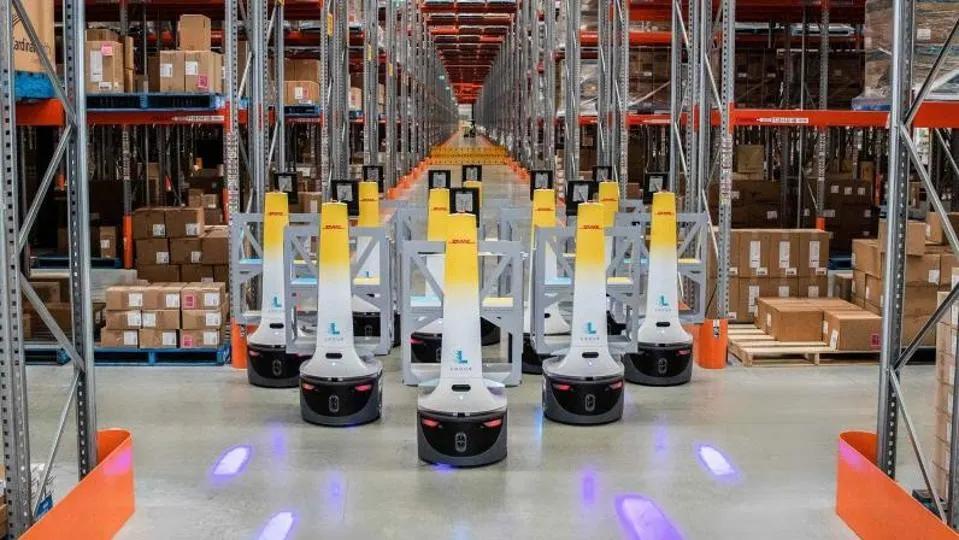
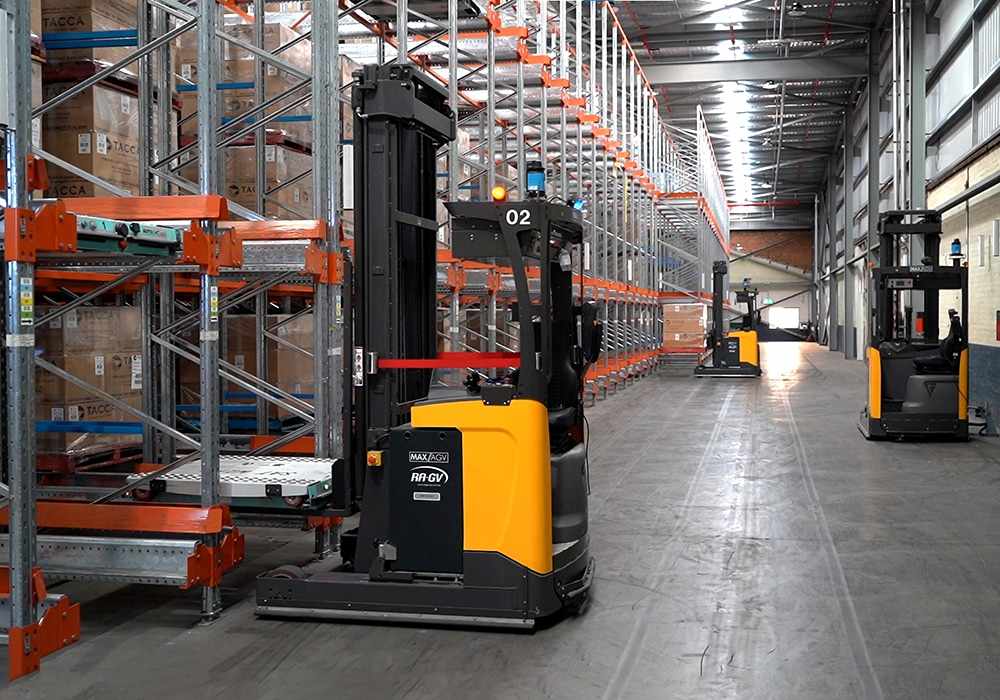
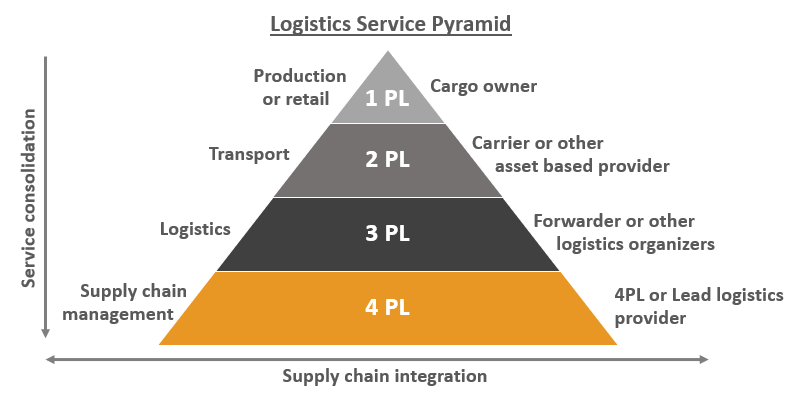



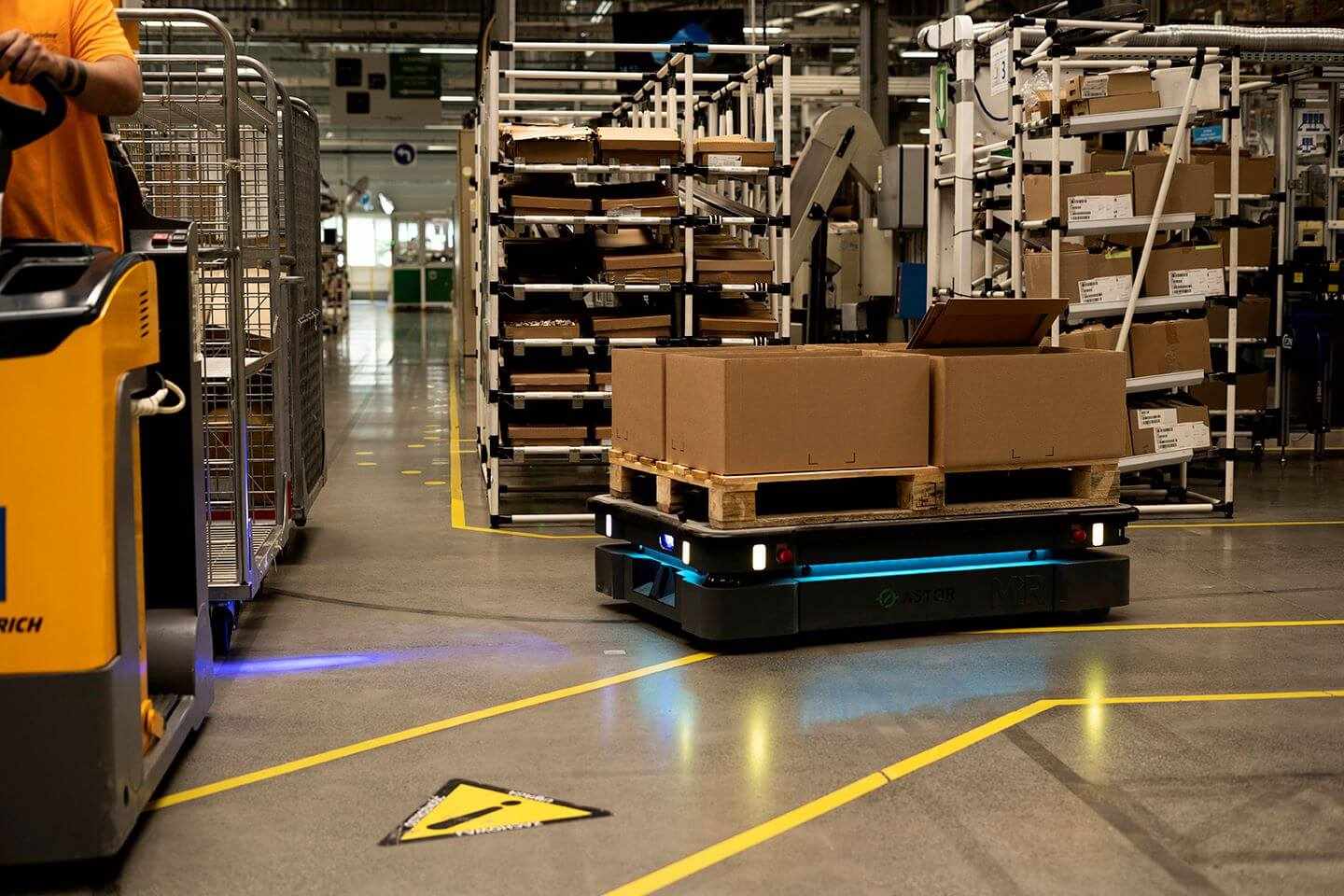
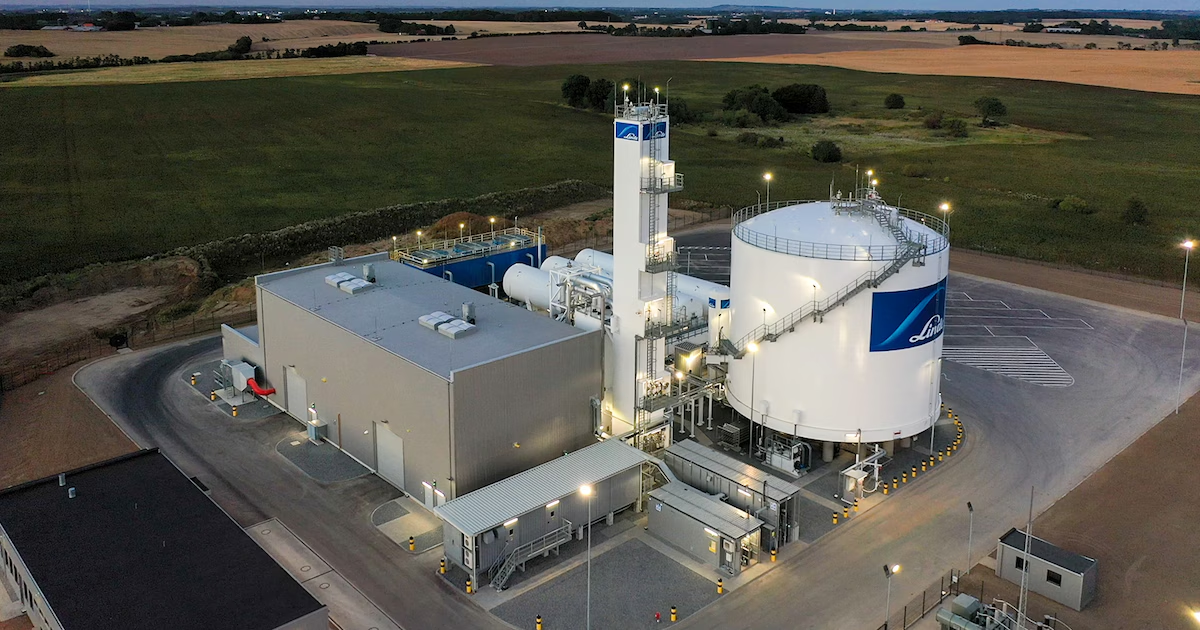
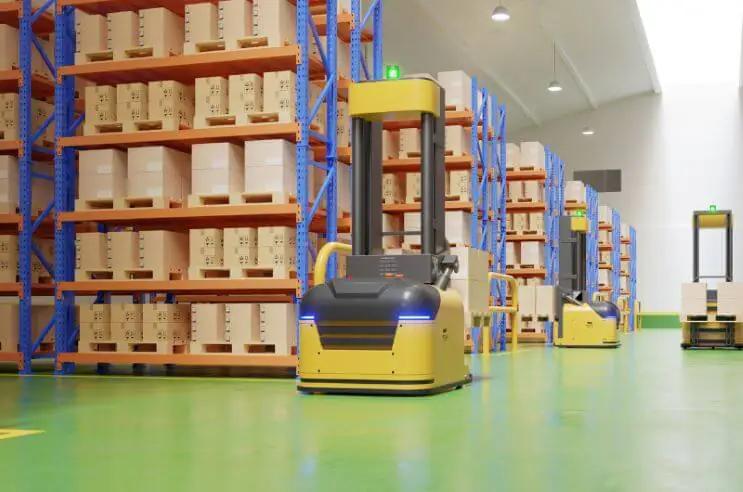
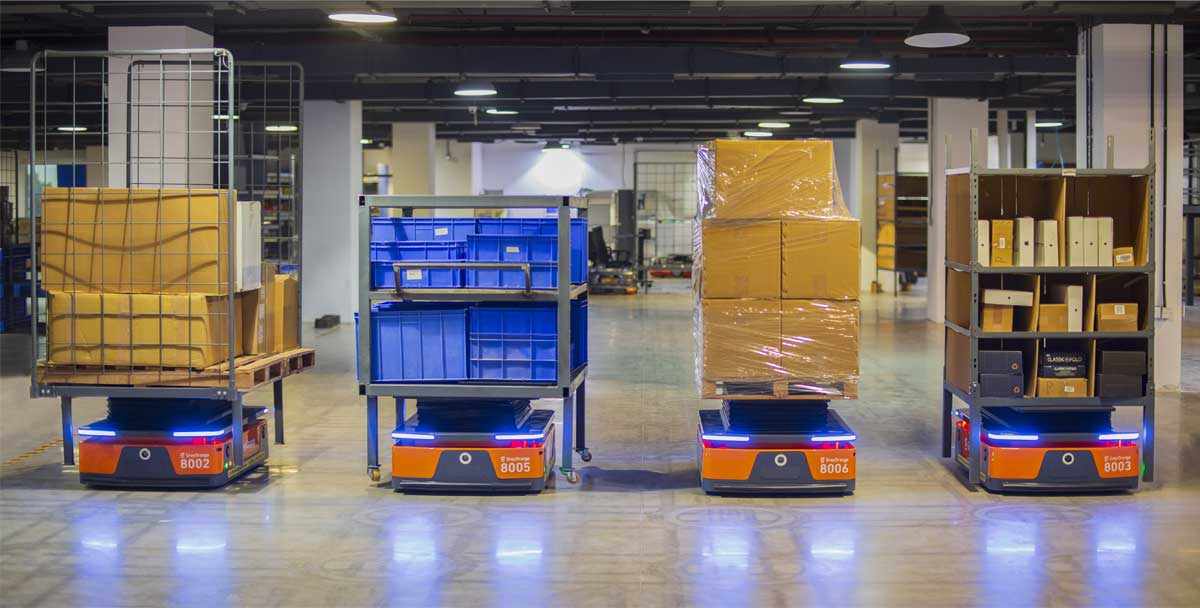

Write a comment ...